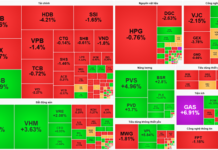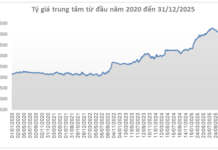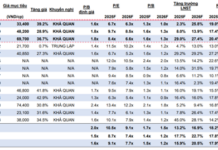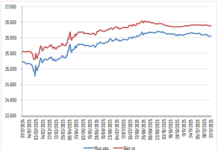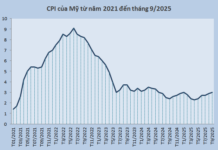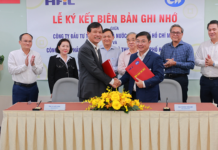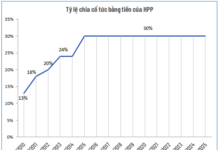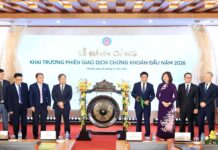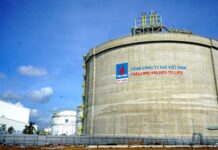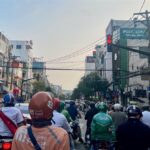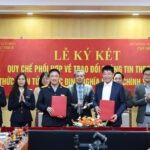West Ninh Province Planning Conference to be held on May 5, 2024
Rapid, Comprehensive, and Sustainable Development
The conference will provide essential information on the West Ninh Province Planning for the 2021-2030 period, with a vision towards 2050, to ensure that all levels of government, businesses, and the public are informed, understand, and align their perspectives for implementation. It will also showcase the province’s potential, advantages, and development orientations, attracting substantial investments, advanced technologies, and innovations from domestic and international investors. This will drive rapid, comprehensive, and sustainable socio-economic development in the locality.
The West Ninh Province Planning Conference for the 2021-2030 period, with a vision towards 2050, is a significant and meaningful event, defining the province’s vision, development space, and long-term growth drivers.
On December 29, 2023, the Prime Minister approved the West Ninh Province Planning for the 2021-2030 period, with a vision towards 2050, in Decision 1736/QD-TTg. Accordingly, the planning sets comprehensive development goals for 2030, leveraging all potential advantages, resources, and human capital to drive West Ninh’s rapid, comprehensive, and sustainable growth.
By 2030, West Ninh aims to achieve rapid, comprehensive, and sustainable development, becoming one of the leading industrial and tourism hubs in the Southeastern region and the country, transforming into a desirable destination for living and investment.
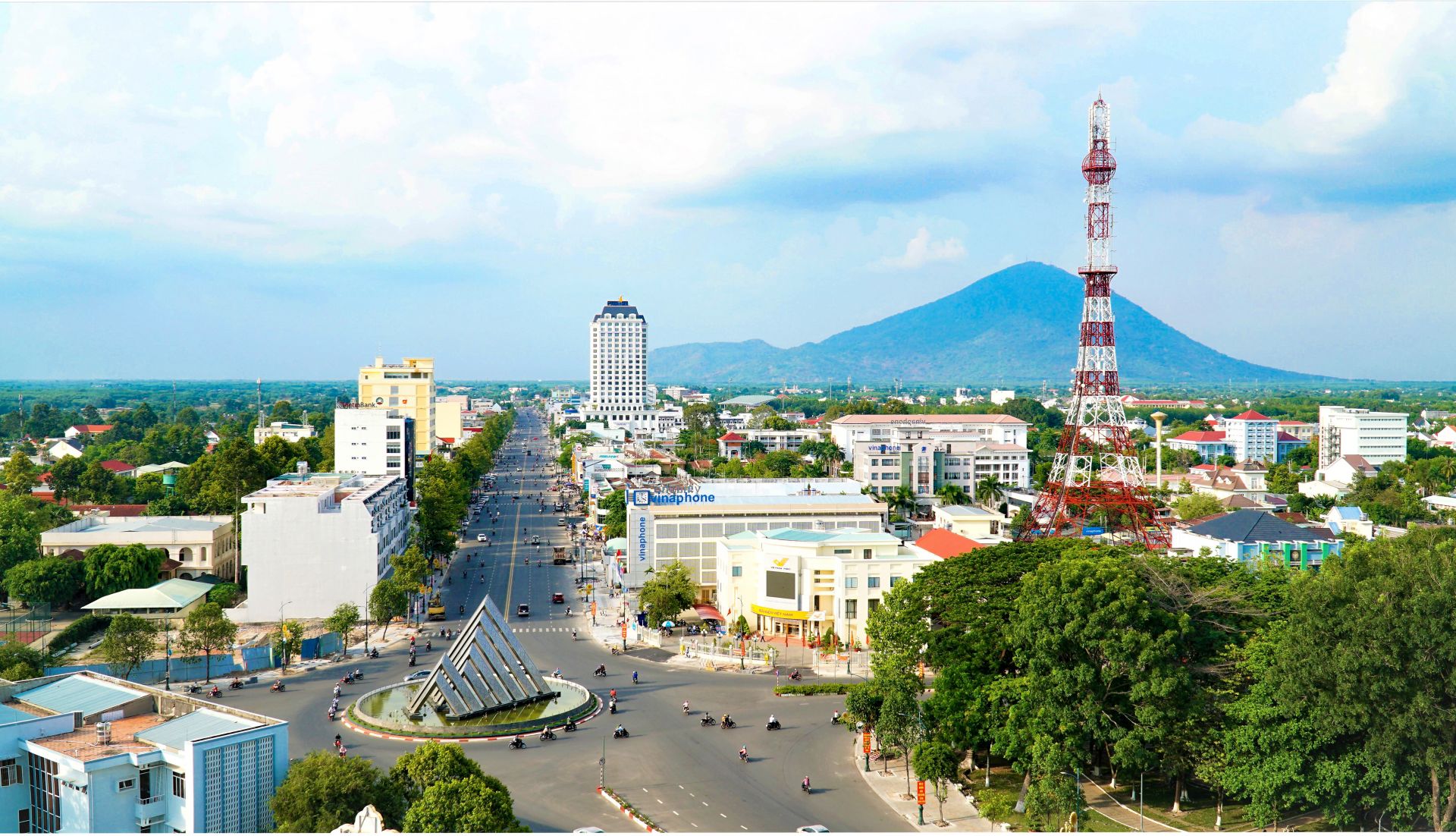
Picture of the beautiful Tay Ninh City
Vision for 2050
By 2050, West Ninh aspires to be a province with an economy founded on clean industry and high-tech agriculture, with flourishing trade and tourism sectors, and as an international trade gateway for the Southeastern region and the nation.
West Ninh will possess an efficient public governance system, a business-friendly environment, and an attractive living environment based on a diverse and sustainable ecosystem.
7 Key Development Breakthroughs
The planning identifies seven key development breakthroughs for the province: Infrastructure development, human resource development, institutional development, SME development, sustainable development: Green Tay Ninh, tourism development, and service economy development.
20 Agricultural Production Zones
The province will focus on developing 20 high-tech agricultural production zones in the districts of Tan Chau, Duong Minh Chau, Tan Bien, Go Dau, Chau Thanh, and Trang Bang Township.
Industrial Development
West Ninh will also prioritize the development of industrial parks primarily along the following axes: National Highway 22, National Highway 22B, Ho Chi Minh City-Moc Bai Expressway, Ho Chi Minh Road, and provincial roads DT 784, DT 789, and DT 782, connecting to economic centers in the region, such as Ho Chi Minh City, Binh Duong, Binh Duong-Tay Ninh-Long An.
Additionally, the province plans to establish three new industrial parks and expand an existing one, covering approximately 4,400 hectares.
Synchronized Investment in Projects
The plan will drive the development of Moc Bai Border Gate Economic Zone and Xa Mat Border Gate Economic Zone with new orientations and drivers, creating breakthroughs to boost the local socio-economy and contribute to the overall development of the Southeastern region.
It will foster synchronized investment in projects within the functional zones of the Ba Den National Tourist Area, transforming it into an exceptional, world-class tourist destination.
Infrastructure Development
The plan includes developing east-west transport infrastructure connecting to Binh Duong, Binh Phuoc, Long An, and southwards to Ho Chi Minh City. It will mobilize resources to complete the Ho Chi Minh City-Moc Bai Expressway and the Go Dau-Xa Mat Expressway.
Four logistics centers will be developed at Moc Bai Border Gate, Xa Mat Border Gate, Hung Thuan Commune, Trang Bang Township, and Thanh Phuoc Commune, Go Dau District.
Economic and Social Development
Economic and social activities will be organized according to the “3 Developmental Zones, 4 Driving Axes, 1 Social Security Belt”.
The “3 Developmental Zones” are:
Zone 1: Trang Bang Township, Go Dau District, and the southern part of Duong Minh Chau District. This zone will focus on industrial and urban service development, leveraging the Dau Tieng Lake and high-tech agriculture, with Trang Bang-Phuoc Dong-Go Dau as the provincial development hub.
Zone 2: Tay Ninh City, Hoa Thanh Township, the western part of Duong Minh Chau District, and the eastern part of Chau Thanh District. This zone will serve as the administrative, cultural, educational, medical, and tourism center, prioritizing services, followed by supporting industry, processing, and high-tech agriculture.
Zone 3: Tan Bien District, Tan Chau District, the western part of Chau Thanh District, and the northern part of Ben Cau District. This zone will emphasize agricultural development, gradually expanding services towards social security and eco-tourism in the areas of Lo Go-Xa Mat, Hoa Hoi Forest, and the Vam Co Dong River.
The “4 Driving Axes” are:
Axis 1: Aligned with the Go Dau-Xa Mat Expressway and National Highways 22 and 22B, this axis serves as the province’s primary north-south development corridor.
Axis 2: Following Ho Chi Minh Road and National Highway 22, this axis facilitates inter-regional connectivity with Binh Duong Province and the Kingdom of Cambodia in an east-west direction for the southern region and connects to National Highways 13 and 14 towards Long Thanh Airport.
Axis 3: Associated with the Dat Set-Ben Cui route, this axis serves as a transit beltway for goods between Ben Cui, Thanh Duc Industrial Parks, Moc Bai Border Gate Economic Zone, and Cambodia, connecting to Ho Chi Minh City via junctions with expressways CT31 and CT32, extending eastwards to Binh Duong and the Central Highlands.
Axis 4: Traversing provincial road 781, this axis provides inter-regional connectivity with Binh Duong Province and the Kingdom of Cambodia in an east-west direction for the central region.
The “Social Security Belt” runs along the border expressway, establishing inter-regional connections with the Mekong River Delta via Long An and the Central Highlands via Binh Phuoc, serving as a defense, security, and social welfare corridor for the northern region.



